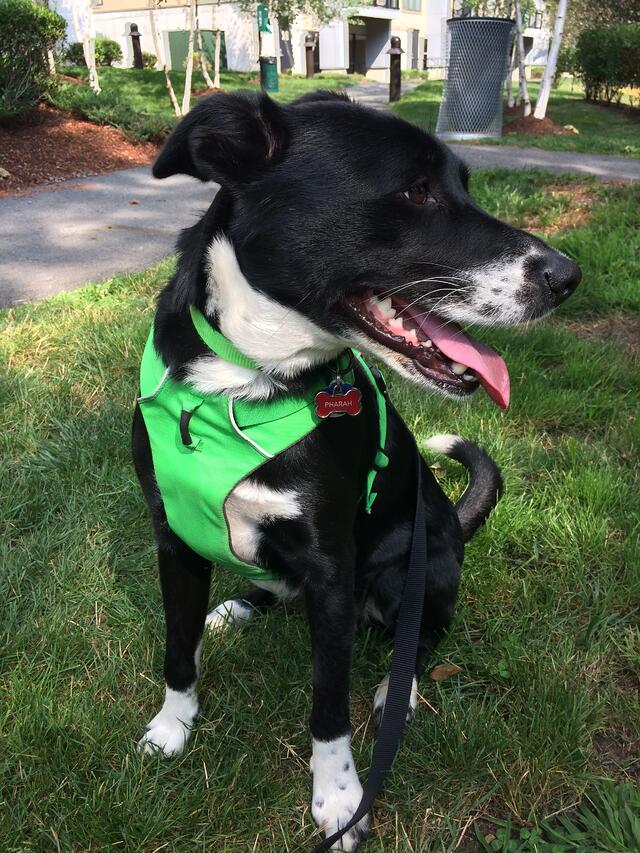It’s about a 6 min. read.
When my fiancé and I adopted our first dog a few months ago, we wanted to name her something meaningful…something that we wouldn’t grow tired of saying over and over. We landed on “Pharah,” after the rocket-launcher-wielding, jetpack-flying, altogether-badass character from one our favorite video games, Overwatch. As a market researcher charged with measuring brand health and loyalty, I started to wonder what naming my new pup “Pharah” says about my relationship with Overwatch?
This is the kind of question we ask when we’re measuring brand health. To gauge the strength of the relationship between consumers and a particular brand, we look at metrics—called Key Performance Indicators (KPIs)—to help indicate how a brand is doing. While namesake might not be a legitimate KPI (yet!), there are loads of others we measure in order to help our clients understand their brand health:
Unaided Awareness
- Definition: The ability to recall a brand without help (This is different from Aided Awareness, which is the ability to recognize a listed brand)
- Common question to gauge this metric: “Thinking about [industry], what brands come to mind?” (Respondent provides open ended answers)
- Goal: Unaided awareness determines whether there is an existing relationship between the consumer and brand
- Fit: Unaided awareness is a useful metric for smaller, newer, or regional brands who are working on improving their brand recognition. For example, the regional brand, University of Pittsburg Medical Center, would focus on unaided awareness, whereas the universal brand, Google, wouldn’t
Top of Mind Awareness
- Definition: The first brand recalled without help in an open-end response
- Common question wording: “Thinking about [industry], what brand first comes to mind?”
- Goal: Top of mind awareness gauges either the most loved, the most hated, or the most prevalent brand to each consumer in any given industry
- Fit: Useful for established brands who want to be first in consumers’ consideration set
Net Promoter Score (NPS)
- Definition: The willingness of customers to recommend a company’s products or services to others. To calculate NPS score, we subtract the percentage of those unlikely to recommend the brand from the percentage of those likely to promote it
- Common question wording: “How likely are you to recommend this brand to a friend or family member?”
- Goal: This metric determines the magnitude and valence of the relationship between consumer and brand—that is, how strong or weak the relationship is (farther or closer to 0), and whether the relationship is positive or negative
- Fit: NPS is useful to measure holistic loyalty since it accounts for both the high and low end of the scale in a single metric
Funnel/Pyramid Metrics
- Definition: Often comprised of awareness, familiarity, favorability, preference, likelihood to purchase, and/or likelihood to recommend shown as descending or ascending bar lengths, forming a funnel or pyramid shape
- Common question wording: Surveyed as a series of questions that touch on the aforementioned metrics
- Goal: This metric focuses on the whole picture by following the entire journey to purchase/loyalty and the conversion ratios between each step
- Fit: Useful as a big-picture approach to pinpoint where along the journey to focus marketing efforts
Preference
- Definition: Likelihood to choose a brand over its competitors
- Common question wording: “Which brand is the one you prefer?” among a list of brands
- Goal: Preference is like NPS in that it measures loyalty, however it does so by comparing the brand against the competitive market
- Fit: This metric is useful for brands that are already well-known and working on improving loyalty in a competitive market

And very often we create a unique secret-sauce combination of some or all of these metrics, called Brand Strength Scores, for some clients. These special scores use several metrics at varying weights determined specifically for the clients’ goals, industry, and competitive market to calculate a single score to compare against competitors and evaluate change over time.
The point is, there’s no prescribed “right” set of KPIs to track when measuring brand health. These metrics are used to answer different questions, and what KPI a brand like Bank of America might use is probably a lot different than what makes sense for a regional credit union.
However, and this MAY be a stretch, I’d argue namesake would be a great way to gauge ultimate commitment and loyalty to a brand—regardless of size. When I was thinking about what to name Pharah, I thought about the things I love and wouldn’t mind repeating (shouting?) for the next decade. To name a pet, or even a person, after a character or brand indicates a level of commitment to that brand that isn’t measured by the conventional KPIs described above.
Who knows, maybe “How likely are you to name a pet after this brand?” will start to show up in our brand health questionnaires.
Laura Blazej is a Senior Associate Researcher at CMB who enjoys playing video games with her new pup.

